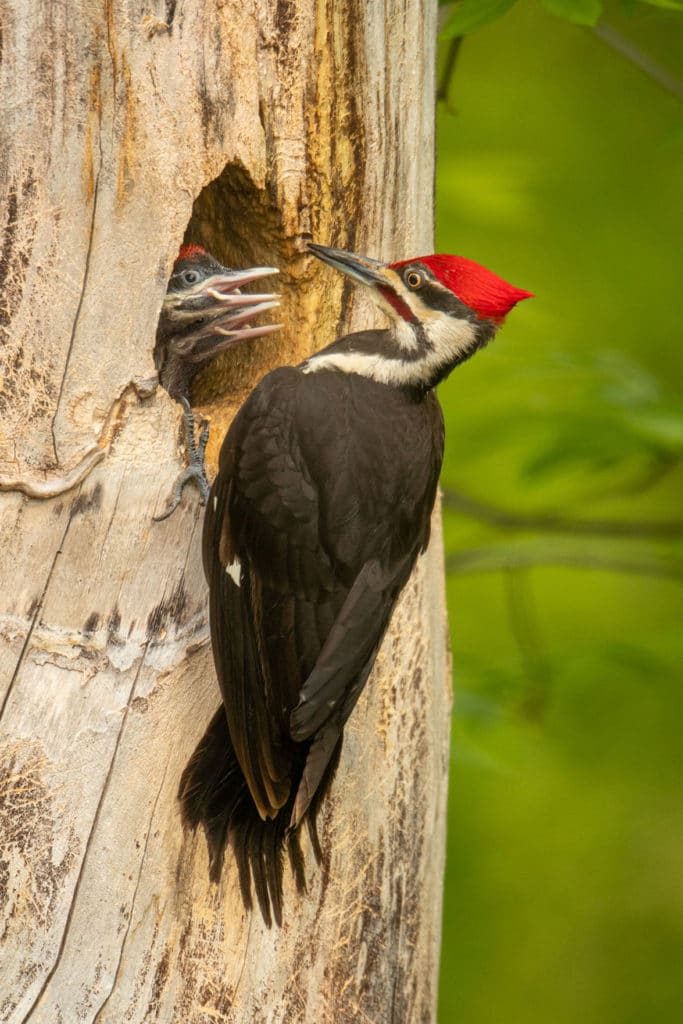
Sometime following the Civil War, on a tract of sandy bottom land in the flood plain of Town Fork Creek, a seed from the cone of a Loblolly Pine took root. The young tree, with its bundles of three gently spiraling aromatic green needles, grew rapidly, nourished by the rich, loamy soil and Carolina sunshine. As a young seedling, it looked like a bright green feather duster, its rusty brown trunk strong and straight. It was the straightness, along with the species’ quick growth, that made the tree so valuable. In the coastal plains, the trees were called ‘Slash Pines’ for the way that cuts caused them to give up copious sap for the production of pine tar and turpentine. The stout, straight trunks, rising some distance in towering columns before branching, made for excellent lumber and were also harvested for timbers for the shipping industry.
The rough forested hills of Stokes County were a significant source of wood for charcoal, and in the fertile bottom lands along the Dan River and streams like Town Fork Creek, small landholders planted tobacco and corn. On one such tract, held by the Belk family, a wide forested margin was allowed to grow up along the eastern bank of Town Fork, perhaps to stabilize that land against erosion. Amidst slower growing river birches, wild cherries and walnut trees, the Loblolly continued to thrive, eventually developing the characteristic rectangular bark plates and, in alternate years, producing crops of slender, elongated pale green cones armed with sharp spines.
In the early 1960s, the Belk property was divided into smaller tracts and the open bottom which had once grown corn and hay began to gradually return to forest, with brush and shrubs replaced in time by pines and other opportunistic species. By the time that Eric and I acquired the tract we call TwoTrees, the Loblolly was a grandmother many times over, by far the largest tree on the property. At her base, Grandmother Tree was more than six feet in diameter. She towered an easy sixty feet before stout limbs extended from her trunk in a proud, dark green crown. Large gray plates of bark armored her, revealing the rusty inner bark through their gaps. When we crossed the bridge over Town Fork Creek, the Grandmother Tree always greeted us, her lush canopy standing well above the hardwoods surrounding her, her crest often occupied by a Red-Tailed hawk or occasionally an owl.

I often visited Grandmother Tree when I walked our woods, singing to her and leaving offerings of tobacco and cornmeal in the manner of the Saura people who had lived here long ago. She was an anchoring presence, keeper of the land’s history, our lighthouse. By good fortune, we are sheltered from most severe weather by a tall ridge to our southwest. But one late summer evening, the collision of warm and cold fronts resulted in an electrical storm of extraordinary violence, and several days later, we noted that the canopy of our Grandmother Tree was fading to a rusty tone. A visit to our guardian revealed something heartbreaking: the raw gash of a lightning strike. Incandescent power had caused sap to boil and bark to literally explode from her flanks. The damage was clearly lethal and there was nothing we could do but mourn and honor the cycle of life we hold as Sacred. I wept and gave thanks for her beauty and her life, watching over the following seasons as the needles rained down, leaving her still standing as a stark skeleton, still a rare perch for birds of prey. We began to see the holes that marked the work of hungry woodpeckers, seeking the beetle grubs tunneling Grandmother’s decaying wood. Red Bellies, Downys and even the once-endangered Pileated Woodpeckers: huge primitive-looking birds whose distinctive calls once again rang through the Piedmont woods. High on the bare golden trunk, in a section of Grandmother still some 18” thick, the Pileated Woodpeckers began a home, gradually excavating a nesting cavity in which to rear their young. Few trees are large enough to accommodate such a home.
For years the bare skeleton of Grandmother stood as a sentinel, until high winds this winter finally brought her rotting, rain-sodden trunk crashing to the forest floor. Yesterday Eric and I made our way to where she lay, noting all the holes drilled by woodpeckers and ultimately locating the section of upper trunk that had served as a home for several generations of Pileateds. The void was at least 18” tall and a foot across, lovingly lined with moss, an absorbent pad of fine rootlets and shredded cedar bark to deter feather mites.
We are blessed with other old trees, although none so notable, and our remaining large Loblollies are at best 70-80 years old, perhaps not yet large enough to house giant woodpeckers. Still, I hope they will find a suitable home here and that we will continue to hear their nasal shrieks echo through our woods.